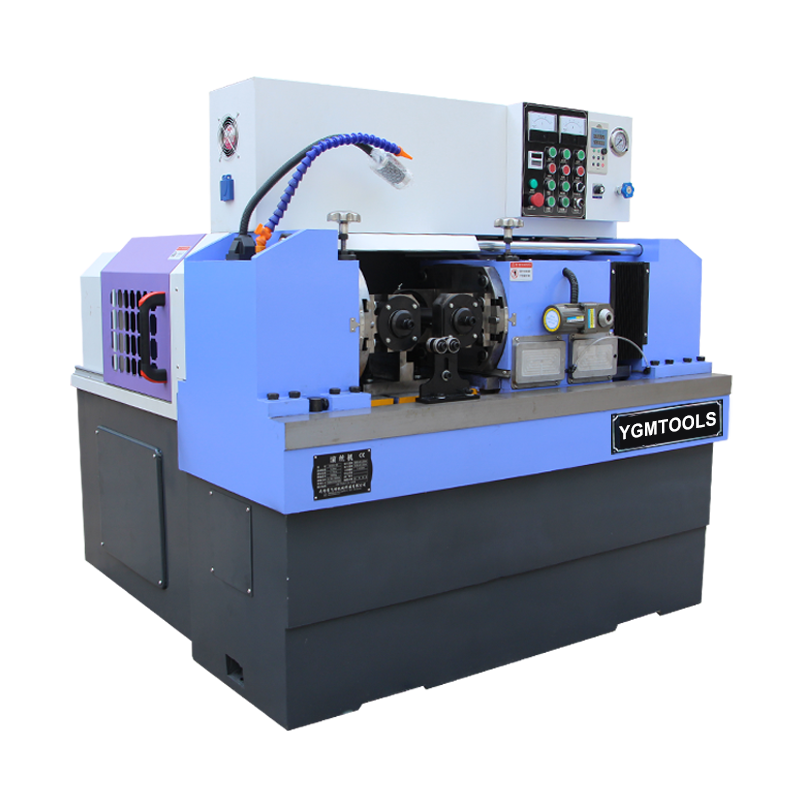
-
 Afrikaans
Afrikaans -
 Albanian
Albanian -
 Amharic
Amharic -
 Arabic
Arabic -
 Armenian
Armenian -
 Azerbaijani
Azerbaijani -
 Basque
Basque -
 Belarusian
Belarusian -
 Bengali
Bengali -
 Bosnian
Bosnian -
 Bulgarian
Bulgarian -
 Catalan
Catalan -
 Cebuano
Cebuano -
 Corsican
Corsican -
 Croatian
Croatian -
 Czech
Czech -
 Danish
Danish -
 Dutch
Dutch -
 English
English -
 Esperanto
Esperanto -
 Estonian
Estonian -
 Finnish
Finnish -
 French
French -
 Frisian
Frisian -
 Galician
Galician -
 Georgian
Georgian -
 German
German -
 Greek
Greek -
 Gujarati
Gujarati -
 Haitian Creole
Haitian Creole -
 hausa
hausa -
 hawaiian
hawaiian -
 Hebrew
Hebrew -
 Hindi
Hindi -
 Miao
Miao -
 Hungarian
Hungarian -
 Icelandic
Icelandic -
 igbo
igbo -
 Indonesian
Indonesian -
 irish
irish -
 Italian
Italian -
 Japanese
Japanese -
 Javanese
Javanese -
 Kannada
Kannada -
 kazakh
kazakh -
 Khmer
Khmer -
 Rwandese
Rwandese -
 Korean
Korean -
 Kurdish
Kurdish -
 Kyrgyz
Kyrgyz -
 Lao
Lao -
 Latin
Latin -
 Latvian
Latvian -
 Lithuanian
Lithuanian -
 Luxembourgish
Luxembourgish -
 Macedonian
Macedonian -
 Malgashi
Malgashi -
 Malay
Malay -
 Malayalam
Malayalam -
 Maltese
Maltese -
 Maori
Maori -
 Marathi
Marathi -
 Mongolian
Mongolian -
 Myanmar
Myanmar -
 Nepali
Nepali -
 Norwegian
Norwegian -
 Norwegian
Norwegian -
 Occitan
Occitan -
 Pashto
Pashto -
 Persian
Persian -
 Polish
Polish -
 Portuguese
Portuguese -
 Punjabi
Punjabi -
 Romanian
Romanian -
 Russian
Russian -
 Samoan
Samoan -
 Scottish Gaelic
Scottish Gaelic -
 Serbian
Serbian -
 Sesotho
Sesotho -
 Shona
Shona -
 Sindhi
Sindhi -
 Sinhala
Sinhala -
 Slovak
Slovak -
 Slovenian
Slovenian -
 Somali
Somali -
 Spanish
Spanish -
 Sundanese
Sundanese -
 Swahili
Swahili -
 Swedish
Swedish -
 Tagalog
Tagalog -
 Tajik
Tajik -
 Tamil
Tamil -
 Tatar
Tatar -
 Telugu
Telugu -
 Thai
Thai -
 Turkish
Turkish -
 Turkmen
Turkmen -
 Ukrainian
Ukrainian -
 Urdu
Urdu -
 Uighur
Uighur -
 Uzbek
Uzbek -
 Vietnamese
Vietnamese -
 Welsh
Welsh -
 Bantu
Bantu -
 Yiddish
Yiddish -
 Yoruba
Yoruba -
 Zulu
Zulu
Different Types of Thread Rolling Machines and Their Applications in Manufacturing
Types of Thread Rolling Machines An Overview
Thread rolling is a widely used process in the manufacturing industry, particularly for producing fasteners and various metal components. This cold-forming technique enhances the strength of the threads while optimizing material usage. To achieve effective thread rolling, several types of machines are available, each serving distinct applications and requirements. In this article, we will explore the main types of thread rolling machines and their features.
1. Flat Die Thread Rolling Machines
Flat die thread rolling machines are widely used for creating external threads on cylindrical workpieces. This type of machine utilizes two flat dies that move towards each other, shaping the material as it passes through. The primary advantage of flat die machines is their capability to produce threads with high precision and excellent surface finish. They are commonly used for manufacturing screws, bolts, and other fasteners where strict specifications are required.
2. Round Die Thread Rolling Machines
Round die thread rolling machines, unlike their flat counterparts, use two cylindrical dies to produce threads. This design allows for a more versatile application as it can create both external and internal threads. Round die machines are particularly effective for rolling threads on larger or heavier parts, making them suitable for industries such as automotive and aerospace. The rolling process dramatically increases the tensile strength of the threads, making them more resilient under stress.
3. Combination Thread Rolling Machines
types of thread rolling machine product

Combination machines integrate both flat and round die systems, allowing manufacturers to switch between different thread types without changing equipment. This flexibility is beneficial for companies that require a diverse range of products and want to optimize their production lines. The combination machines can easily adapt to various sizes and thread profiles, providing versatility in manufacturing operations.
4. Multi-Station Thread Rolling Machines
For high-volume production, multi-station thread rolling machines are invaluable. These machines can simultaneously roll multiple threads on different workpieces, significantly increasing throughput. Typically used in large manufacturing setups, multi-station machines help streamline production and reduce labor costs. They can be configured to meet specific production rates and requirements, providing tailored solutions for large-scale operations.
5. Portable Thread Rolling Machines
In contrast to stationary machines, portable thread rolling machines are designed for on-site applications. These lightweight and compact machines can quickly roll threads on larger components that cannot be transported easily. Portable machines offer flexibility and convenience, making them ideal for maintenance and repair work or for operations that require immediate adjustments to components.
Conclusion
Choosing the right type of thread rolling machine is crucial for ensuring efficiency and quality in production. Depending on the specific requirements of the application—whether it be the type of thread, volume of production, or size of the workpieces—manufacturers can select from flat die, round die, combination, multi-station, or portable machines. Understanding these options enables companies to enhance their manufacturing capabilities and produce superior threaded components.
